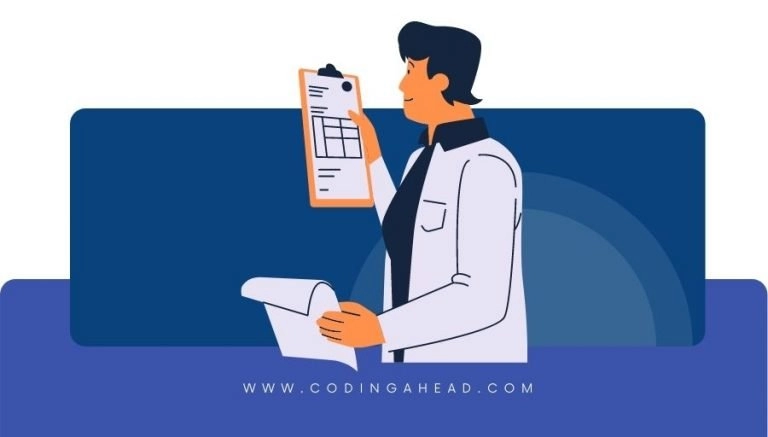How To Use CPT Code 43499
CPT 43499 describes a procedure on the esophagus that does not have an assigned code. This article will cover the official description, procedure, qualifying circumstances, appropriate usage, documentation requirements, billing guidelines, historical information and billing examples.
1. What is CPT Code 43499?
CPT 43499 is used to report new or unusual procedures on the esophagus that do not have an assigned code. It is used when the provider performs a procedure on the esophagus that is not represented by any of the standard and active CPT codes available.
2. Official Description
The official description of CPT code 43499 is: ‘Unlisted procedure, esophagus.’
3. Procedure
- During the procedure, the provider performs a new or unusual procedure on the esophagus that does not have a specific code assigned.
- The procedure may involve diagnostic or therapeutic interventions, such as endoscopic examinations, biopsies, dilations, or other interventions.
- The provider carefully documents the details of the procedure, including the specific techniques used, any complications encountered, and the outcomes achieved.
- The procedure may require specialized equipment or instruments, and the provider ensures that all necessary resources are available.
- The provider follows standard medical guidelines and best practices to ensure the safety and effectiveness of the procedure.
- The procedure may be performed in an outpatient or inpatient setting, depending on the specific circumstances and the patient’s needs.
4. Qualifying circumstances
CPT 43499 is used when there is no specific code available to accurately describe the procedure performed on the esophagus. It is typically used for new or unusual procedures that are not represented by any of the standard and active CPT codes. The provider must carefully document the reason for choosing the unlisted code and provide a detailed explanation of the procedure performed.
5. When to use CPT code 43499
CPT code 43499 should be used when there is no specific code available to accurately describe the procedure performed on the esophagus. It should only be used when the service provided does not have a corresponding specific procedure or service code. It is important to note that Category III codes should be used when available in place of an unlisted procedure code.
6. Documentation requirements
To support a claim for CPT 43499, the provider must document the following information:
- A detailed description of the procedure performed on the esophagus
- The reason for choosing the unlisted code instead of a defined, active code
- Comparison to similar codes to justify the claim amount
- Operative notes or other relevant documentation to strengthen the claim
7. Billing guidelines
When billing for CPT 43499, the provider should submit a cover letter explaining the reason for choosing the unlisted code instead of a defined, active code. The letter should include one or more similar codes and compare the service to those codes to justify the claim amount. It is important to include the operative notes or other relevant documentation to strengthen the claim and avoid a possible denial. Payers will consider claims with unlisted procedure codes on a case-by-case basis and determine payment based on the documentation provided.
8. Historical information
CPT 43499 was added to the Current Procedural Terminology system on January 1, 1990. There have been no updates to the code since its addition.
9. Examples
- A provider performs a new and innovative procedure on the esophagus to treat a rare condition.
- A patient undergoes an endoscopic examination of the esophagus using a specialized technique not covered by any specific code.
- A provider performs a dilation procedure on the esophagus using a unique approach to address a complex case.
- A patient requires a biopsy of the esophagus, but the standard codes do not accurately describe the specific procedure performed.
- A provider performs a therapeutic intervention on the esophagus using a novel device or instrument not covered by any specific code.
- A patient undergoes a complex surgical procedure on the esophagus that does not have a specific code assigned.
- A provider performs an innovative endoscopic procedure on the esophagus to address a challenging case.
- A patient requires a diagnostic procedure on the esophagus using a specialized technique not covered by any specific code.
- A provider performs a unique and complex surgical procedure on the esophagus to treat a rare condition.
- A patient undergoes a therapeutic intervention on the esophagus using a novel approach not covered by any specific code.



